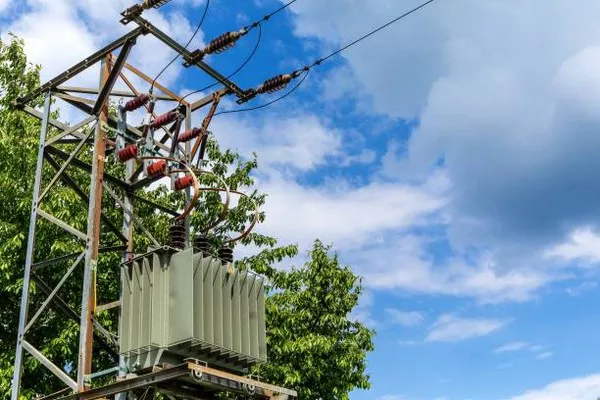Current transformers (CTs) play a crucial role in electrical systems, providing accurate and proportional measurements of current for various applications. Whether in power distribution, monitoring, or protection systems, the functionality of current transformers is integral to maintaining the stability and efficiency of electrical networks. This article aims to provide a comprehensive understanding of how current transformers work, delving into their design, principles of operation, and applications.
Design and Construction
Current transformers are designed to transform high currents in power systems into manageable and measurable levels for monitoring and protection purposes. They typically consist of a primary winding, a secondary winding, and a magnetic core. The primary winding is connected in series with the circuit carrying the current to be measured, while the secondary winding is connected to the measuring or protection devices.
The core material, often made of laminated silicon steel, surrounds the windings. The core’s primary function is to concentrate the magnetic flux generated by the current flowing through the primary winding, ensuring an accurate and proportional induction of voltage in the secondary winding.
Principles of Operation
The operation of current transformers is rooted in the principles of electromagnetic induction. When current flows through the primary winding, it produces a magnetic field around the conductor. According to Faraday’s law of electromagnetic induction, a changing magnetic field induces a voltage in a nearby conductor. In the case of current transformers, the secondary winding is the nearby conductor where this induced voltage is generated.
The turns ratio between the primary and secondary windings determines the transformation ratio of the current transformer. For example, a transformer with a turns ratio of 1:100 means that the current in the secondary winding will be 1/100th of the current flowing through the primary winding. This transformation ratio is essential for ensuring that the secondary current accurately represents the primary current for measurement and protection purposes.
Accuracy and Burden
The accuracy of current transformers is a critical factor in their performance. Manufacturers adhere to stringent standards to ensure that the transformation ratio and accuracy class of the CT meet specified requirements. Accuracy class is a measure of how closely the secondary current reflects the primary current under different operating conditions.
The burden of a current transformer refers to the total impedance presented to the secondary winding. Burden includes the impedance of the connected measuring or protection devices, as well as the impedance of the secondary winding itself. Proper consideration of burden is crucial to maintain the accuracy of the current transformer, as excessive burden can lead to voltage drops and inaccurate measurements.
Saturation and Core Magnetization
Current transformers operate within a specified range of primary currents, but exceeding this range can lead to saturation of the magnetic core. Saturation occurs when the magnetic flux in the core reaches its maximum limit, resulting in a non-linear relationship between primary current and secondary current. To prevent saturation, current transformers are often designed with a saturation point well above the maximum expected primary current.
Core magnetization is another important aspect of CT operation. To ensure accurate measurements, it is essential to demagnetize the core before the transformer is energized. This is typically achieved by briefly applying a voltage to the secondary winding with the primary circuit open, allowing the core to reset to its demagnetized state.
Applications of Current Transformers
Current transformers find extensive applications in electrical systems, ranging from power distribution to industrial processes. Some key applications include:
Metering and Instrumentation: Current transformers are commonly used for measuring and monitoring electrical parameters in metering and instrumentation systems. They provide accurate current readings for billing purposes and help in assessing the overall health of the electrical system.
Protection Systems: In power distribution and industrial settings, current transformers play a vital role in protection systems. They are an integral part of overcurrent, differential, and ground fault protection schemes, ensuring that abnormal current conditions are quickly detected and addressed to prevent damage to equipment and ensure the safety of personnel.
Energy Management: Current transformers contribute to effective energy management by providing data for load profiling and analysis. This information helps utilities and industries optimize their energy usage, identify inefficiencies, and implement strategies for energy conservation.
Fault Diagnosis: Monitoring the current waveform using current transformers aids in the diagnosis of faults within the electrical system. Abnormalities in current patterns can indicate issues such as short circuits, overloads, or insulation failures, enabling prompt maintenance and minimizing downtime.
Conclusion
In conclusion, current transformers are indispensable components in electrical systems, serving critical functions in measurement, monitoring, and protection. Their accurate and proportional transformation of high currents into manageable levels is essential for the reliable operation of power distribution networks and industrial processes. Understanding the design principles, operation, and applications of current transformers is crucial for electrical engineers and professionals tasked with ensuring the efficiency and safety of electrical systems. As technology advances, current transformers continue to evolve, incorporating innovations to meet the demands of modern electrical infrastructure and contribute to the ongoing progress of the power industry.

